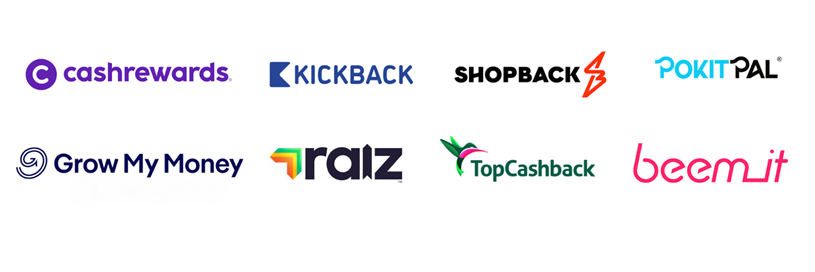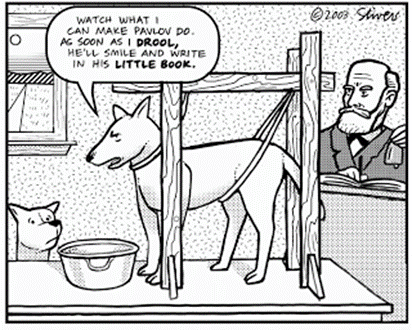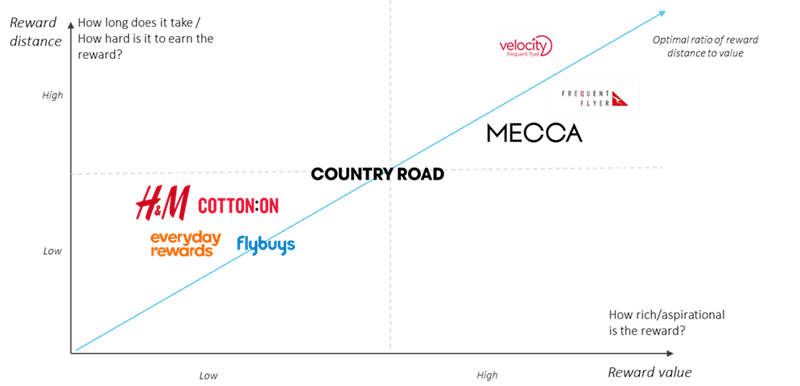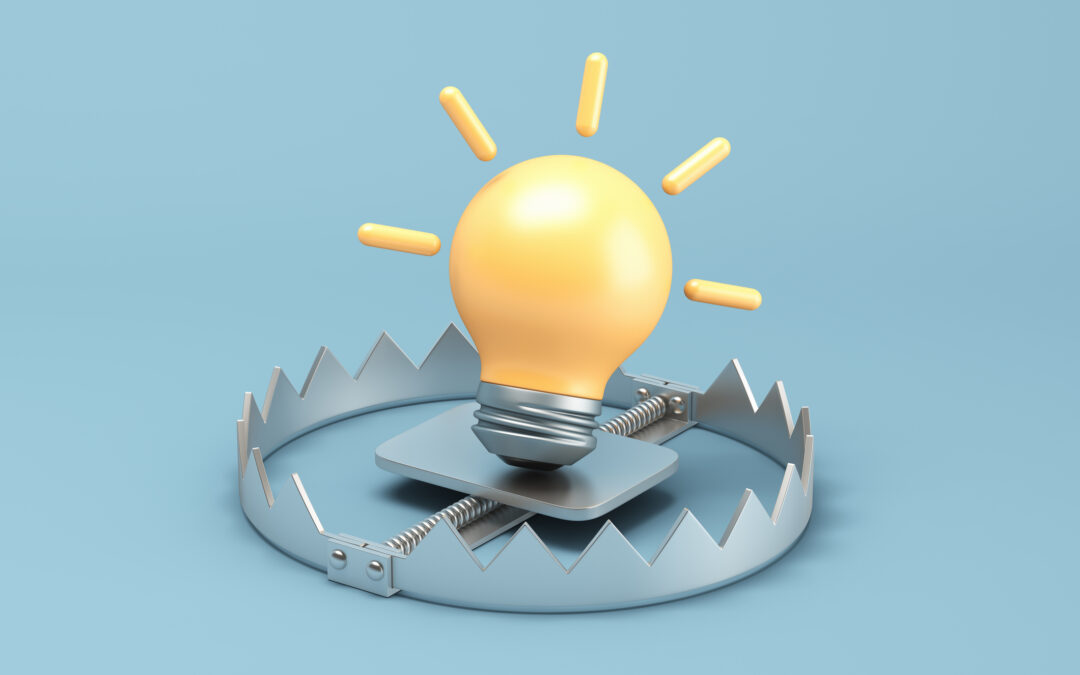Mental Availability is critical to customer loyalty, and it requires regular interaction and reward. Customer Loyalty, like other habits, extinguishes if not reinforced.
Go Deeper
There is considerable chatter in the loyalty program industry and amongst Loyalty Consultants, about the need to increase emotional engagement and the role that ‘experience-based rewards’ should play in the reinvention of programs1.
Simultaneously, instant cash-back reward programs proliferate.



Loyalty practitioners can clearly tolerate cognitive dissonance2, the ability to keep two contradictory concepts in their heads simultaneously.
Let’s see if we can help resolve this enigma.
Engagement and Habit
We have learned from the school of Byron Sharp3 that emotional brand attachment (aka ‘engagement’) is subservient to mental availability, what we would routinely label ‘habit’. Customers effortlessly default to their established mental model when they decide to buy; they are engaged with your brand because they buy you, not vice versa.


Reciprocity and Mental Availability
Cash and discount rewards do not produce feelings of obligation or the urge to reciprocate in customers. They are tangible and impersonal, but they can establish the habit of buying from you (mental availability) through repetition, and the emotions follow. This may be enough to achieve good levels of customer loyalty, especially if your product is a routine purchase. Many banks, retailers and credit card issuers think it is enough. It is certainly an easy reward to implement; no additional reward management effort is required.
Frequency Rules4
If habit is the goal, frequency is the key to program success. Habits are formed through repetition and reinforcement, and the extinction of habits occurs when the behaviour is no longer rewarded. Substitute ‘engagement’ for ‘habit’, and we see why the most successful programs are those with regular, frequent customer interactions, like grocery, credit cards, fast food, etc. Engagement requires frequent reinforcement as mental availability fades with disuse. This helps explain why advertising is so often repetitive!
Is the Prize Worth the Effort?
There is another dimension to consider in Loyalty Program success: reward value vs distance.


Programs in categories with high-frequency customer interactions also tend to have a high frequency of rewards (of lower value). Coffee cards and grocery programs allow customers to take low-value rewards often, while classic travel programs give customers high-value rewards infrequently (but it is worth the wait). Both combinations, low value/low effort and high value/high effort, work to keep customers engaged.
Advice: if you have a high customer purchase frequency, match it with a high reward frequency – to reinforce the habit of buying from you and being rewarded by you.
What do you do with your program if you do not have frequent customer interaction?
- Make your rewards really valuable and aspirational since you will have to maintain mental availability over time between reward events. This is where experience-based rewards fit.
- Habits require reinforcement, so introduce frequency into your program proposition. Frequent Flyer Programs added credit cards and partners for a ‘multiple times per week’ reinforcement of program value. Family holidays are infrequent, but spending on your card is very frequent. It turns out that frequency ‘rules’ as partner interactions now contribute more value to the programs than flying. Health insurance programs have added rewards for daily exercise, Amazon Prime added streaming services.
- If rewards are infrequent, regularly remind customers of the progress they are making toward their reward goal. Program tiers do this well at scale and allow you to introduce more frequent interim (status) rewards.
References:


